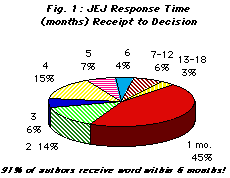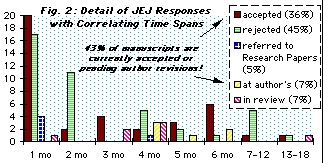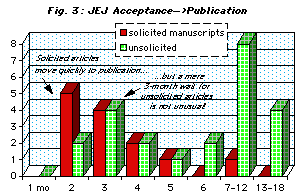

|
"We acknowledge
the outstanding contributions of Antonio García, whose indefatigable
efforts raised the bar for quality and made the Journal an internationally
respected periodical." |
|
"Tony García
was editor of the International Association of Educators (IAJE) Journal,
which under his stewardship became a first-class educational magazine." |
|
"...a bible for
music teachers in North America..." |
|
The New Trier High School (IL) Jazz Ensemble I. Photo credit: Phil Smith |
|
|
"I want to offer
my sincerest congratulations on the superb job you and your staff are
doing with the Jazz Educators Journal.... The JEJ is the
main avenue of communication for those unlucky jazzers that are not able
to get to the IAJE Convention. Keep up the superb work.... I look forward
to many more superb journals |
|
"Thank you for serving
on the IAJE Resource Team during my term.... On behalf of the Executive
Board and the International Staff, please accept my heartfelt thanks for
a job well done. As IAJE continues to expand its mission as a leader in
the preservation and promotion of jazz through education and outreach,
please know that you have made a difference through your unselfish service." |
|
"Your article about
New Orleans is breathtaking, heartbreaking and hope-making. So deep. I
have a mailing list of friends who are specifically concerned with helping
NOLA. Do you have an electronic version of it and if so, would you mind
sending it to me so I can share it?" |
|
"Your interview
with Wynton Marsalis was one of the most truthful, informative, and
well-written interviews ever published." |
|
"Antonio García's
excellent article Thematic Dissonance offers several very basic
approaches to melodic chromaticism." |
 IAJE
is doing its very best to process your manuscripts as promptly as possible.
Through the generous cooperation of many IAJE Resource Team members and other
professionals who volunteer their time and expertise, potential articles are
examined very promptly—at a response rate comparing quite favorably with
publications with larger staff. IAJE can't guarantee a fast turn-around but
often delivers one. In addition to the print version of the JEJ, IAJE
now offers its online version as well—meaning some of the articles are
also published speedily world-wide on the Internet.
IAJE
is doing its very best to process your manuscripts as promptly as possible.
Through the generous cooperation of many IAJE Resource Team members and other
professionals who volunteer their time and expertise, potential articles are
examined very promptly—at a response rate comparing quite favorably with
publications with larger staff. IAJE can't guarantee a fast turn-around but
often delivers one. In addition to the print version of the JEJ, IAJE
now offers its online version as well—meaning some of the articles are
also published speedily world-wide on the Internet. Many
people assume that their own manuscript will have little chance of being accepted—and
other authors are sure that the article couldn't possibly be turned down. The
truth lies in between: nearly half the submissions are currently being accepted
for publication. Don't those odds sound reasonable? Give it your best shot—and
IAJE will do the same.
Many
people assume that their own manuscript will have little chance of being accepted—and
other authors are sure that the article couldn't possibly be turned down. The
truth lies in between: nearly half the submissions are currently being accepted
for publication. Don't those odds sound reasonable? Give it your best shot—and
IAJE will do the same. If
your article is accepted, the Journal is likely to publish it sooner
rather than later. That's because it needs material right now—good material
of interest to JEJ readers. Sometimes IAJE solicits an article from someone,
not just because there's space but because there's a hot topic or person on
which it can focus. Such an article might become the cover feature of a particular
issue. To keep a solicited article current, it often must be published very
promptly.
If
your article is accepted, the Journal is likely to publish it sooner
rather than later. That's because it needs material right now—good material
of interest to JEJ readers. Sometimes IAJE solicits an article from someone,
not just because there's space but because there's a hot topic or person on
which it can focus. Such an article might become the cover feature of a particular
issue. To keep a solicited article current, it often must be published very
promptly. |
(top) Darius Brubeck, left, with members of the Natal University Jazz Connection. (middle) Students outside the Centre for Jazz and Popular Music at the University of Natal. (bottom)
The NU Voices, South Africa's first University vocal jazz ensemble. Photo credit: Ted Brien |
|
|
"A special thanks
and acknowledgement to Antonio García of Virginia Commonwealth
University for his tireless efforts in getting us back and 'up and running.'
He and several other IAJE-VA members got together at last year's convention
in Long Beach, California and, with the support of other IAJE officers,
revitalized the interest in our Unit. Tony officiated over the election
of officers and set the plan in motion to get us going again. Thank you,
Antonio!" |
|
(top) Trombone master class members at the Stanford Jazz Workshop. (middle) Private piano instruction at the SJW. (bottom)
Students and faculty jam in the courtyard. Photo credit: courtesy Stanford Jazz Workshop |
|